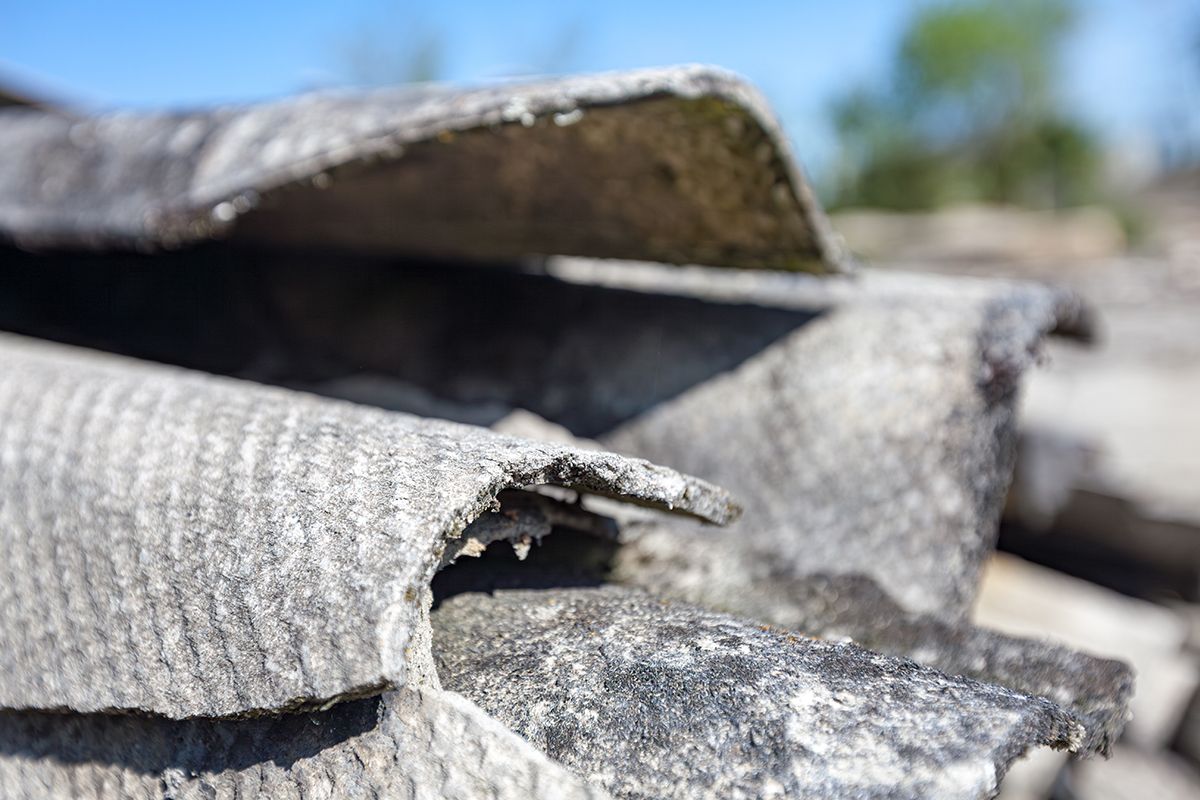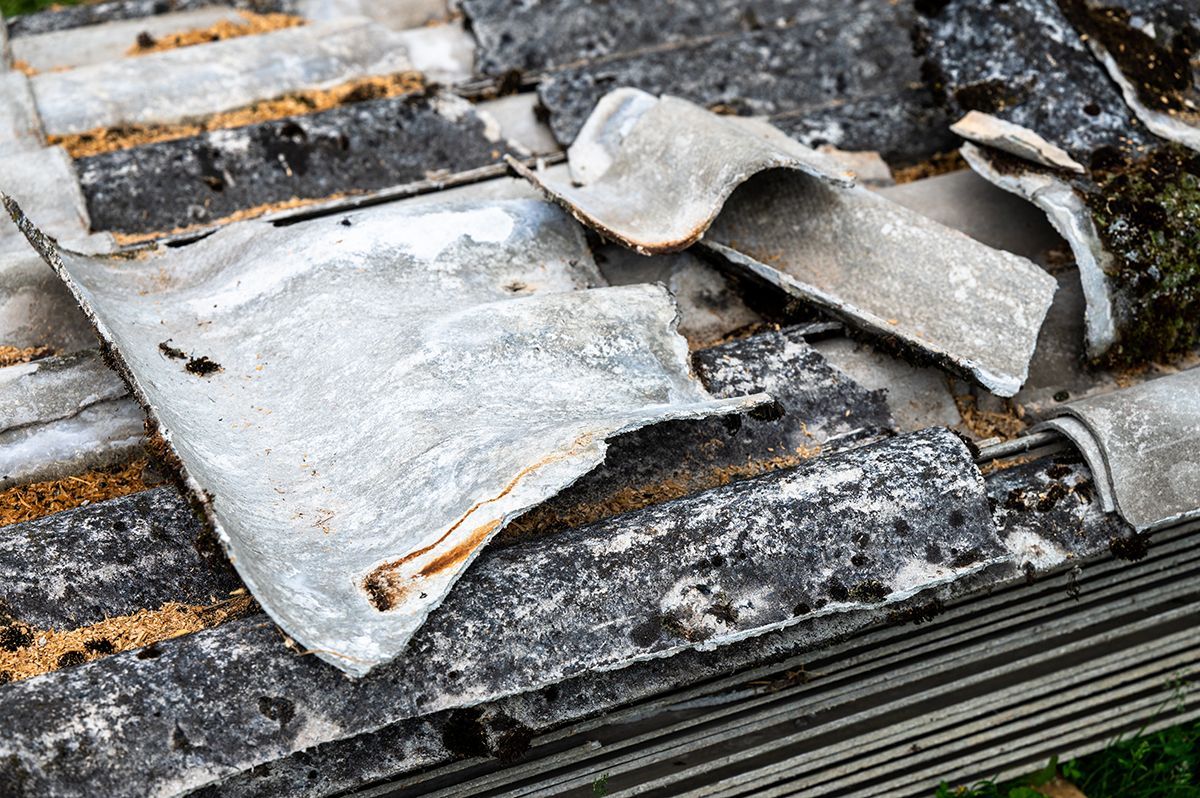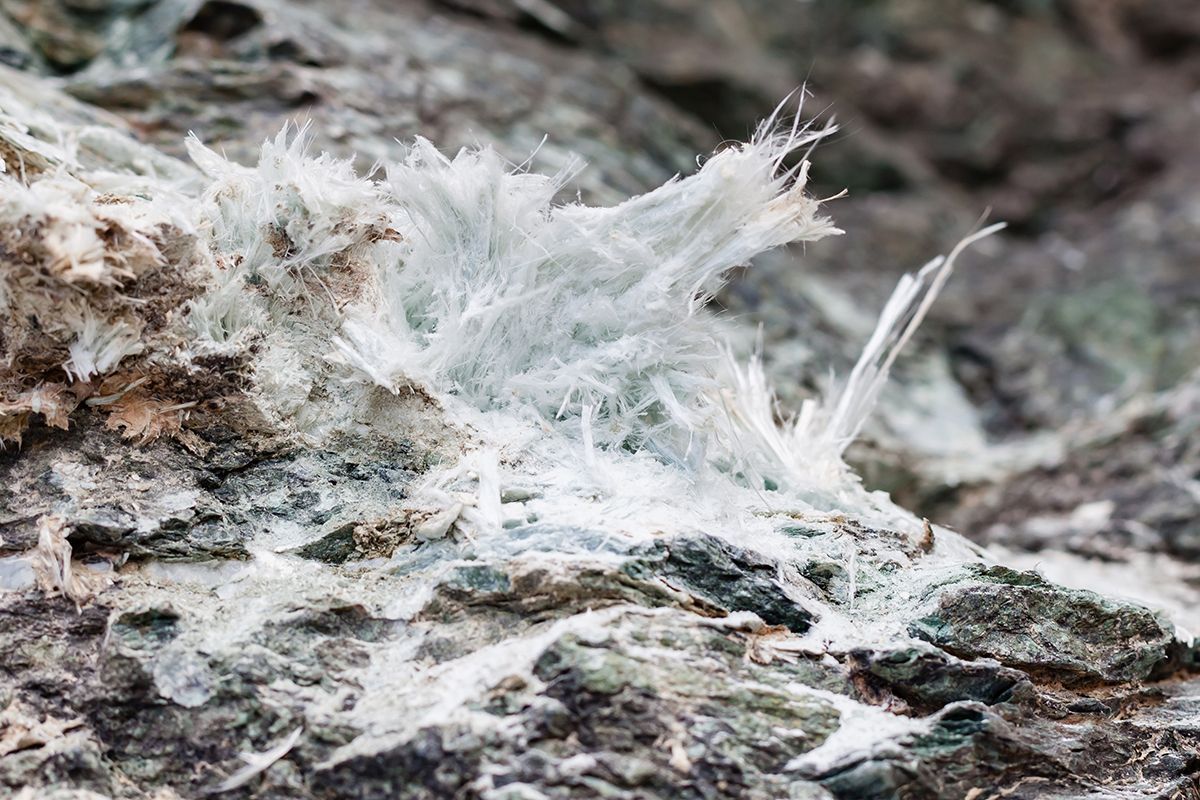What is HVAC Piping Insulation?
In the world of heating, ventilation, and air conditioning (HVAC) systems, ensuring efficient operation and optimal performance is paramount but there's an often overlooked aspect that plays a critical role in HVAC health: piping insulation.
This unassuming layer of material wrapped around pipes is the unsung hero that contributes to energy efficiency, cost savings, and improved comfort in both residential and commercial settings. But what is it and why do you need it?
In this guide,
Cordtape Environmental explains exactly that.
What is HVAC piping?
HVAC piping is the interconnected network of pipes and ducts used to transport heating and cooling fluids, as well as air, throughout a building. These pipes carry hot water, chilled water, steam, and refrigerants, facilitating the distribution of thermal energy and maintaining your desired indoor temperature.
HVAC piping plays a vital role in ventilating indoor spaces by transporting fresh air and removing stale air, contributing to healthier indoor air quality.
Types of HVAC Piping
Hot Water Piping: Hot water piping systems transport heated water from a central heating source, such as a boiler, to various heating devices like radiators, baseboard heaters, or underfloor heating systems. The heat radiated from these devices warms the indoor spaces, providing comfort during colder months.
Chilled Water Piping: Chilled water piping is used in air conditioning systems to distribute cold water from a chiller unit to air handling units or cooling coils. This process helps remove heat from the indoor air, effectively cooling down the environment.
Steam Piping: Steam piping systems are common in industrial settings and are used for processes such as heating, sterilisation, and power generation. Steam is produced in a central boiler and transported through pipes to various points of use.
Refrigerant Piping: Refrigerant piping is crucial in air conditioning systems that utilise refrigerants to absorb and release heat. These pipes connect the outdoor condensing unit to the indoor evaporator unit, allowing for the transfer of heat and the cooling of indoor air.
Components of HVAC Piping Systems
Pipes: Pipes used in HVAC systems are typically made of materials that can handle the temperature and pressure demands of the fluids they transport. Common materials include copper, steel, and various types of plastic.
Valves:
Valves regulate the flow of fluids within the piping system. They can control the amount of hot or cold water entering a particular zone, helping to maintain the desired indoor temperature.
Pumps: Pumps are responsible for circulating fluids through the piping system. They ensure that hot or cold water reaches its intended destination with the necessary pressure.
Fittings and Connectors:
These components ensure that pipes are securely connected and allow for changes in direction or pipe size. Fittings are essential for constructing a well-functioning and leak-free piping system.
What is HVAC Piping insulation?
HVAC piping insulation involves covering pipes with specially designed materials to prevent the loss or gain of heat from the fluid within the pipes.
This process is integral to maintaining the desired temperature of the transported fluids, whether they're hot water, chilled water, steam, or refrigerant. By controlling temperature fluctuations, insulation minimises energy loss and reduces the workload on HVAC systems, ultimately leading to lower energy bills and a more comfortable indoor environment.

Types of HVAC piping insulation
Selecting the appropriate insulation thickness and material for the specific HVAC system and application is vital. Your insulation specialists will attend your property and inspect your piping system before making a decision on which type of insulation is most suited to your property.
The most commonly used types of HVAC piping insulation are:
Fibreglass Insulation:
Fibreglass insulation is a common choice for HVAC piping insulation. It comes in various forms, such as preformed pipe sections, flexible wraps, and blankets. Fibreglass is known for its thermal resistance and fire-resistant properties.
Foam Insulation: Foam insulation materials, such as polyurethane foam or elastomeric foam, offer excellent insulation properties and are known for their ability to prevent condensation.
Mineral Wool Insulation: Mineral wool is a dense and durable insulation material that is resistant to high temperatures. It's often used for pipes that transport hot fluids or steam.
The benefits of HVAC insulation
1. Energy Efficiency: Uninsulated pipes can lead to significant heat loss or gain, forcing HVAC systems to work harder to maintain the desired temperature. Insulated pipes prevent this energy wastage, resulting in reduced energy consumption and lower utility bills.
2. Temperature Control: HVAC piping insulation ensures that the temperature of the fluids remains consistent as they travel through the system. This is crucial for providing consistent heating or cooling to different zones within a building.
3. Condensation Prevention: Insulation helps prevent condensation from forming on the outer surface of pipes. Condensation can lead to moisture-related issues like mould growth, corrosion, and water damage, all of which can impact indoor air quality and structural integrity.
4. Reduced Noise: Insulated pipes can dampen the noise generated by the flow of fluids within the piping system. This is especially important in residential settings where noisy pipes can be disruptive.
5. Environmental Impact: By reducing energy consumption and promoting efficient HVAC operation, insulation contributes to lower greenhouse gas emissions and a smaller carbon footprint.
HVAC piping insulation may not be the most visible component of a heating and cooling system, but its impact is undeniable. By minimising energy loss, promoting temperature control, and preventing condensation, insulation significantly contributes to the efficiency and comfort of indoor spaces.
Cordtape Environmental provides
thermal Insulation services for HVAC pipework and ductwork to homes across the UK to keep your system functioning to its highest potential. With our in-house metal fabricating facilities, site support and technical guidance, we provide a one stop shop for your insulation requirements
Contact us today.
Share on social media




